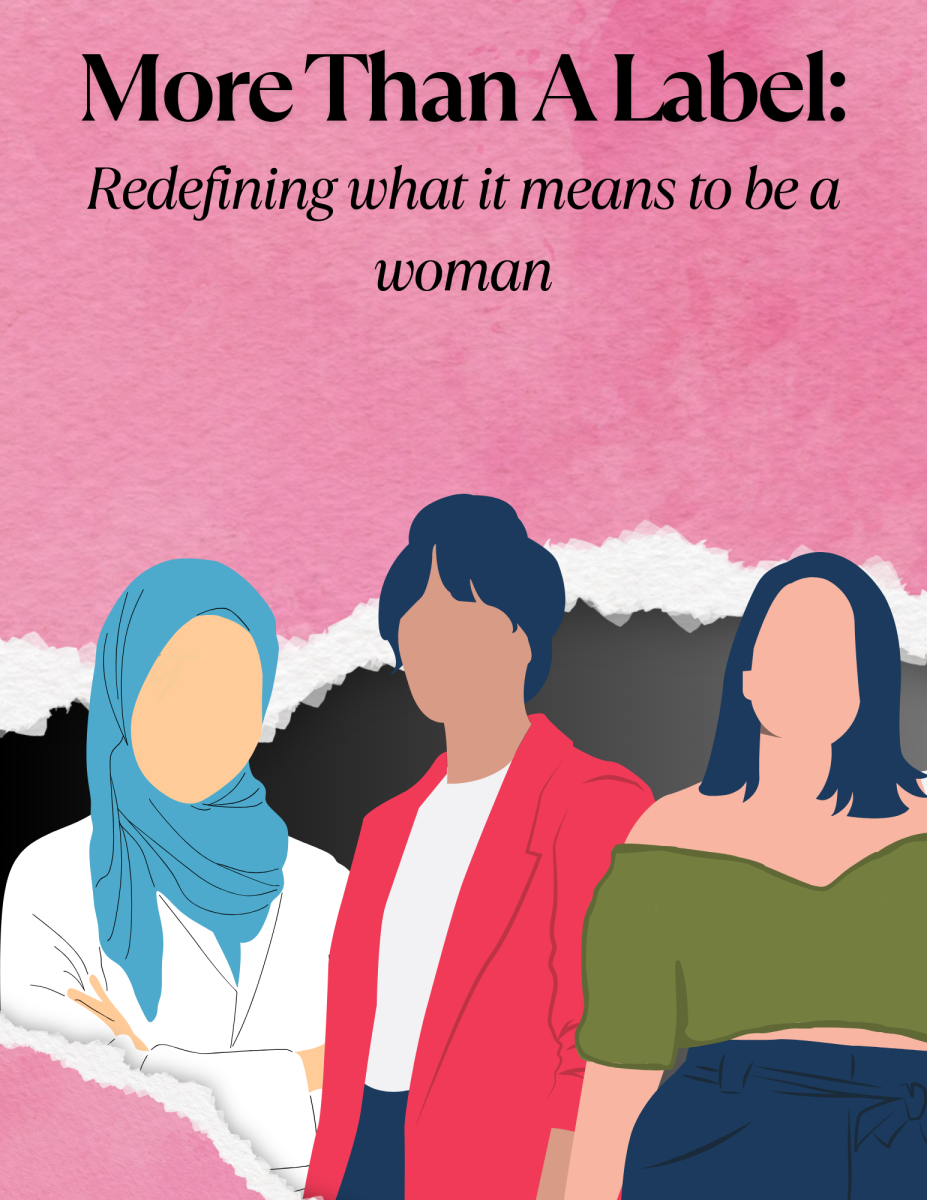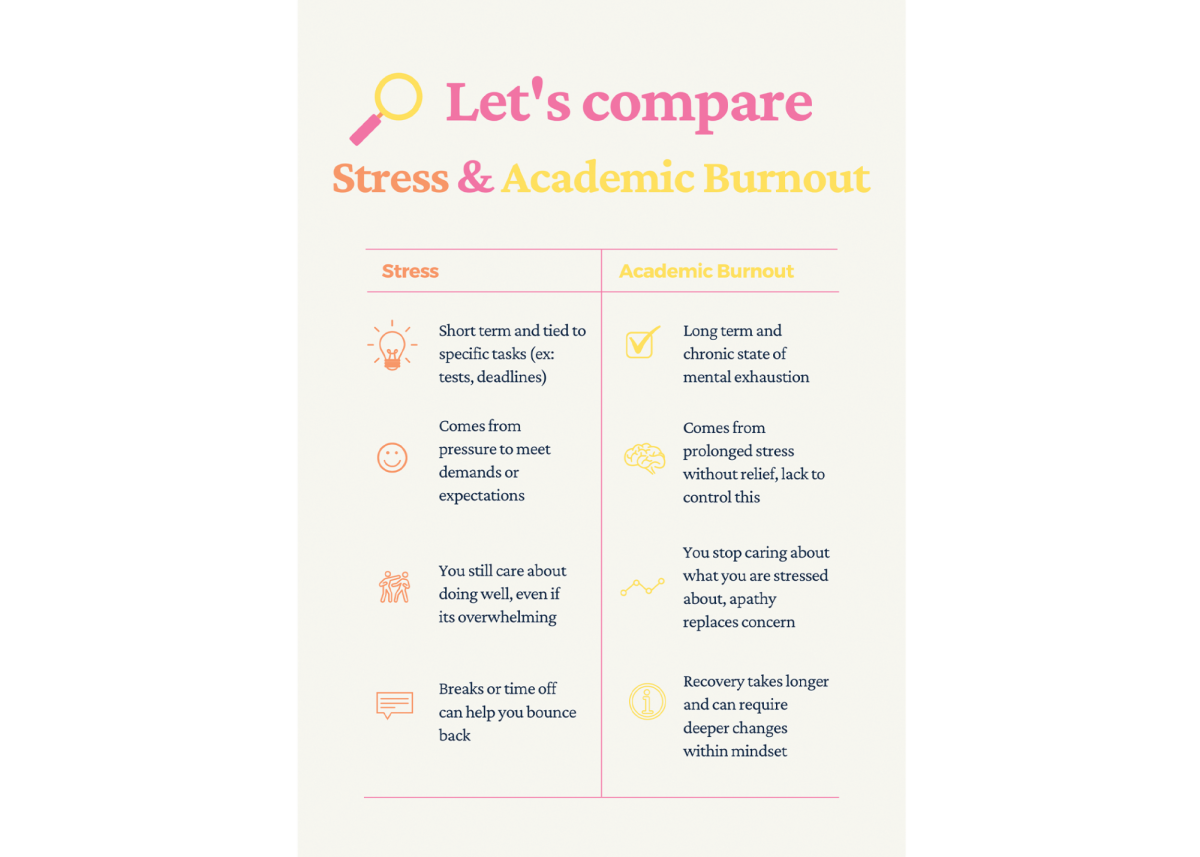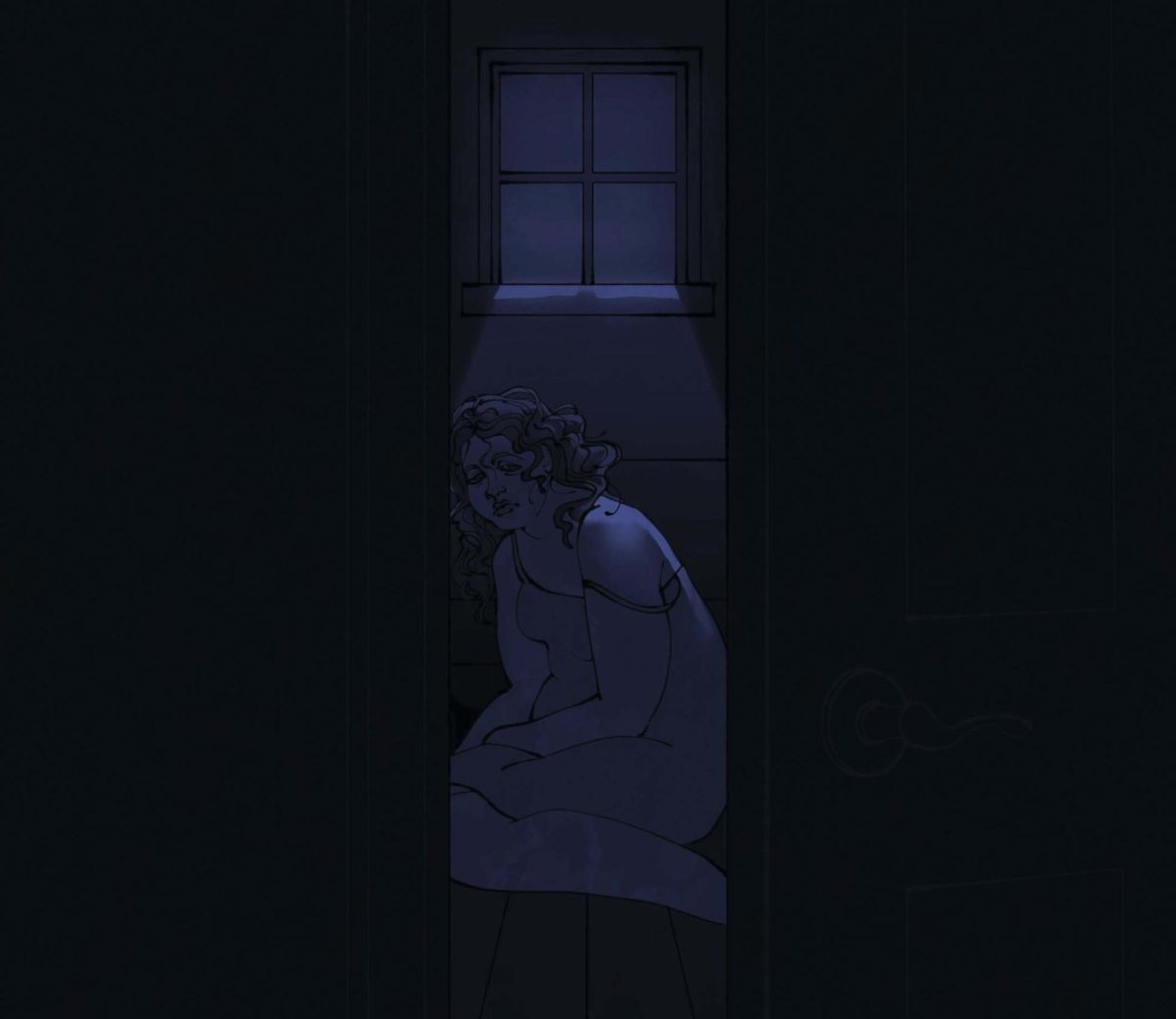In elementary school, the day kids got to wear pajamas to school was the highlight of their year. In middle school, working to have more students in a grade wearing their color for color wars was harder, but was also peak competition. In high school, wearing giant shorts for Adam Sandler day might just be returned with a judgmental glare.
Throughout the years, students have lost a love for spirit week partly because students think that they are too cool for it but also because many feel that they have aged out of it. Why should something that was fun for years become obsolete or looked down upon once teens hit high school?
From grades kindergarten to 5th, spirit week was always an opportunity for students to be as silly and as outrageous as possible. The excitement of the week was to show off how outside of the box one could think. I remember specifically loving silly sock day because I got to show off crazy socks I had that I never got the chance to wear day to day.
As students left elementary and made their way into middle school, things started to change. Social media became more of a factor for students and how they represented themselves. Students also learned more about the effect of their peer’s opinions.
While many students still participated in spirit week, the amount of students who didn’t grew. From grade 6 to grade 8, students became more aware of being labeled as “cringy” or “try-hard”. Going all out for spirit week captured the attention of classmates, but not in a good way. You were no longer praised for having the best outfit, but were criticized for caring enough to dress up.
In high school, to be popular, students are often expected to be nonchalant or to not care too much about school. Often, the popular students tend to not want to dress up for a certain theme because they want to keep looking the best they can. Since those students are often role models for others in the student population, the amount of students dressing up decreases.
As the amount of students dressing up decreases, the amount of students willing to dress up decreases as well. Most students prefer not to stand out, so if a big chunk of the student body isn’t dressing up, the students in spirit week attire have attention drawn to them.
The kids who are dressing up should be recognized positively for their school spirit rather than feeling like they stick out too much. Not dressing up for spirit week doesn’t make anybody cool, it shows that they don’t care for their school. And maybe they don’t, but that doesn’t mean they can’t enjoy doing a simple and fun activity with their peers.
Dressing up isn’t something that will take a lot of effort or require money to be spent. It’s true that a student can’t be expected to dress up every day because that can be unattainable. For example, themes such as Adam Sandler can be harder for students to dress up for. What isn’t true is that students can’t dress up for just one day of the week. Days like pajama day or color wars make it easy for most of the student body to dress up.
At this point, not dressing up for spirit week isn’t something to brag about. Nobody gets brownie points for not doing something fun. It’s not a popularity contest, it’s a break from the seriousness students endure in school every day. So take the opportunity to relive your younger years and bring back the excitement and love for spirit week we had as children!







